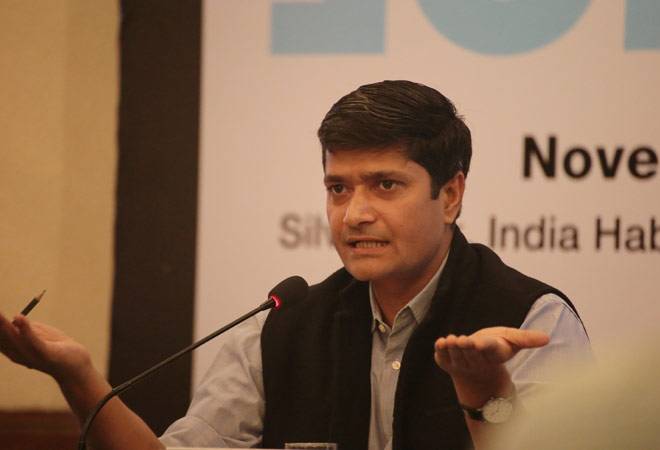Pollution monitoring and control has always been a challenge in India, and one of the key loopholes has been a weak and lax monitoring and compliance enforcement mechanism. In 2017, Centre for Science and Environment (CSE) had published a set of broad guidelines for installing and operating continuous emission monitoring systems (CEMS) in India. This year, CSE has followed it up by releasing its Inspection Manual for CEMS and CEQMS (continuous effluent quality monitoring systems) implementation in India.

The Manual, the first publication of its kind in India, was released at a training programme on industrial pollution management organised by CSE in Kokata on Thursday, April 26, 2018 for state pollution control board (SPCB) officers. The event was conducted jointly with the West Bengal Pollution Control Board (WBPCB) and the Swedish Environmental Protection Agency (SEPA).
Said Sanjeev K. Kanchan, programme manager, Environmental Governance-Industry, CSE: “This handbook is a tool for SPCBs to facilitate inspection of CEMS and CEQMS installations in India. Industries can use this handbook for self-assessment of installation, and for better use of equipment and investments in it. The handbook is also a capacity building tool which gives broad information of CEMS and CEQMS systems, their functions, operational maintenance and data reporting practices.”
Why the manual?
Even though India has tightened its norms with time, pollution has kept growing in leaps and bounds because of lack of monitoring and compliance enforcement. According to CSE researchers, industries fake compliance by under-reporting their pollution levels, while the existing regime fails to ensure credible pollution monitoring and accurate data reporting. Since SPCBs rarely get a chance for on-site inspection, no one checks the ground reality of pollution control by the plants.
In 2014, the Central Pollution Control Board (CPCB) had initiated real-time monitoring of pollution from 17 categories of highly polluting industries and pollution control facilities like waste incinerators, bio-medical incinerators, common effluent treatment plants etc. It also mandated the installation of CEMS for monitoring stack emissions and CEQMS for monitoring effluent quality. Installation of CEQMS was also mandated for industries that were disposing effluents into the river Ganga and its tributaries.
Guidelines for installation of these technologies were published by the CPCB as well as CSE, but in the absence of effective inspection and monitoring, they did not serve any purpose. CSE’s Inspection Manual is expected to bridge that gap.
Said Kanchan: “In India, the rapid and high rate of industrialisation and the resultant pollution means we need a sophisticated pollution monitoring, control and reporting regime – for this a well-developed continuous monitoring and reporting system and a time-bound action plan are essential. We strongly believe that a real-time monitoring system if implemented properly can catapult environmental compliance enforcement into the 21st century. We hope the handbook will help us in this.”
For the uninitiated, CEMS and CEQMS are important tools for pollution monitoring, control and reporting. The systems ensure data accuracy, higher monitoring frequency, minimal manual intervention, firm regulatory monitoring and better transparency to strengthen the pollution control regime. Whereas continuous monitoring of ambient air quality is now a common system, continuous emission monitoring of stationary sources has been made mandatory in many industrialised and developing countries like the US, EU, China and Brazil.
